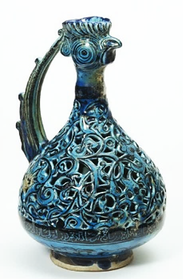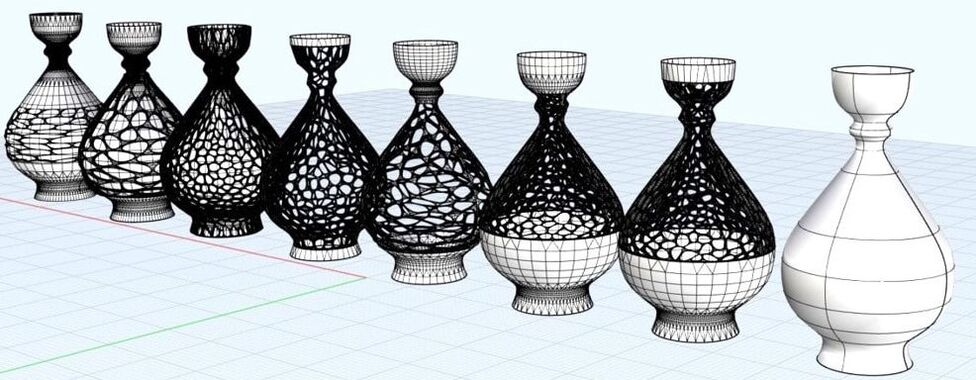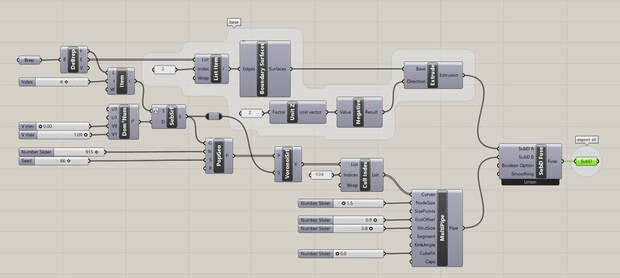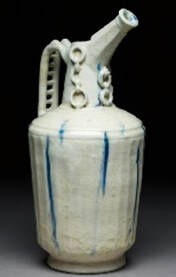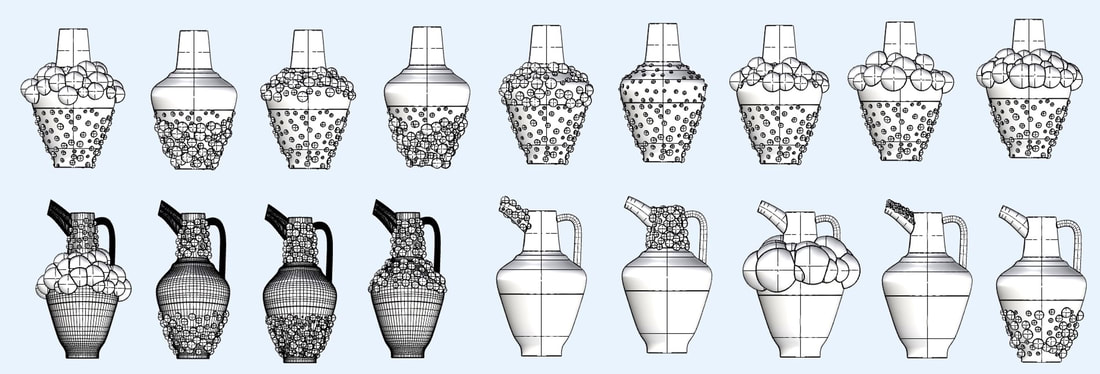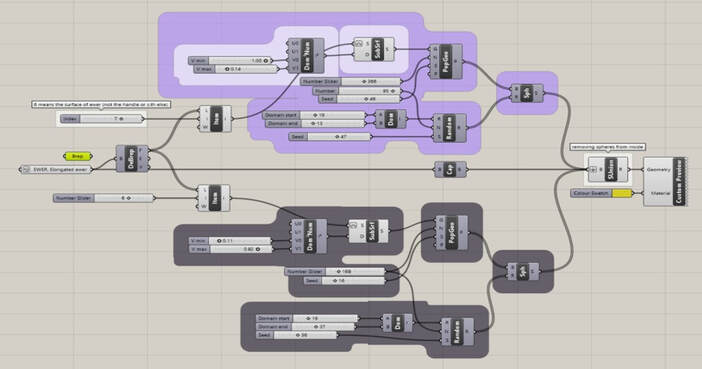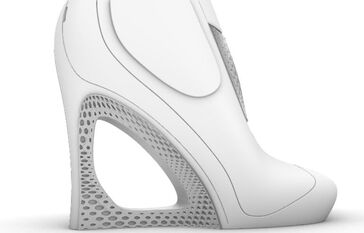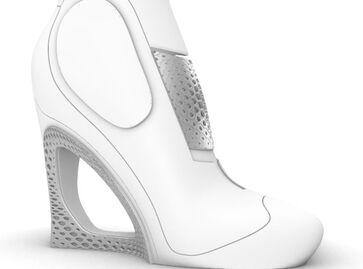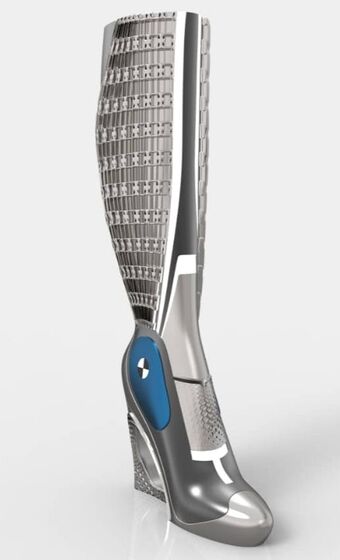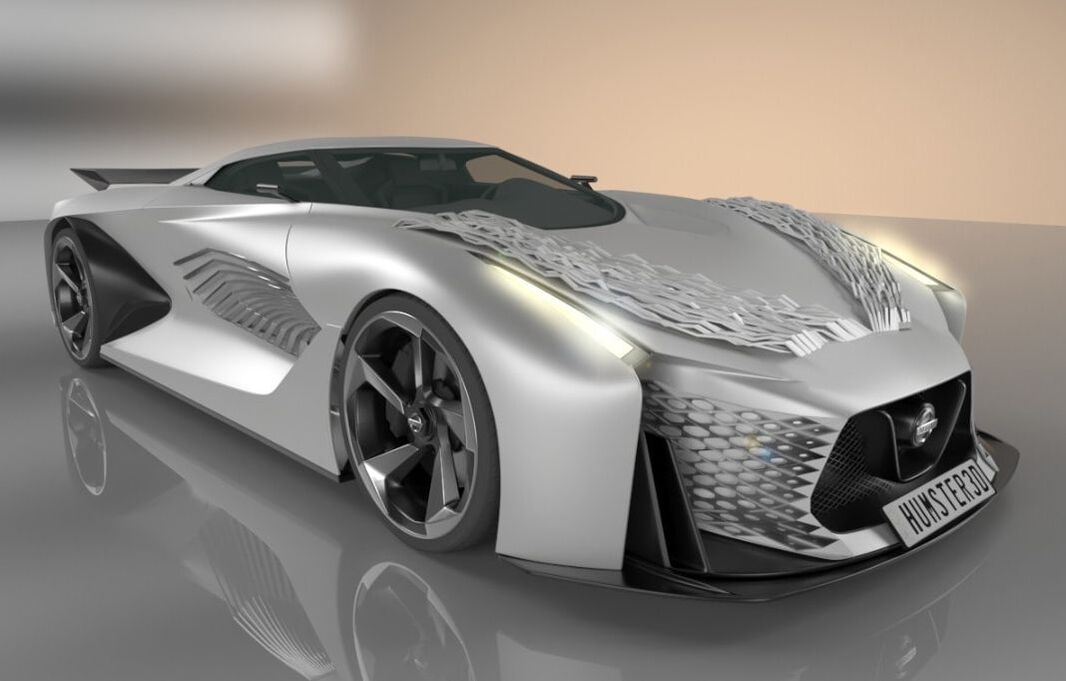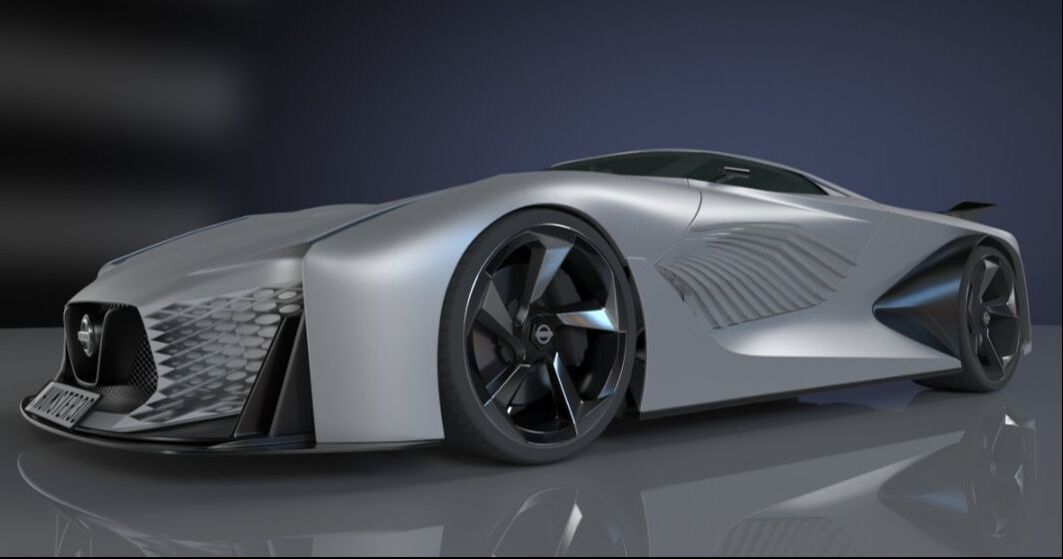I made a rectangular boundary based on the freeform surface. I used Populate Geometry to define a part of the surface I want to have Voronoi cells on. I referred the Voronoi as the mesh to the Weaverbird’s Picture Frame component then used Weaverbird’s Mesh Thicken and Weaverbird’s Catmull-Clark Subdivision components to create the Voronoi surface as a separate mesh. I played around all parameters and their numbers to have various Voronoi meshes. (Fig. 31) Also, other components like Split Brep, List Item, Mesh, Mesh Join, and Mesh WeldVertices have been used to create separate meshes from one ewer’s surface, join them with the Voronoi mesh and finally weld them as the final geometry.
I used Construct Domain, Isotrim and Populate Geometry to produce points on a band and on the object/brep. Then, I used Sphere, Random and Construct Domain components to make bubbles in different sizes on the band. Also, I used Solid Union components to merge one or more built bubbly bands and the initial brep/ewer. I played around all parameters and their numbers to have various bubbly meshes.
